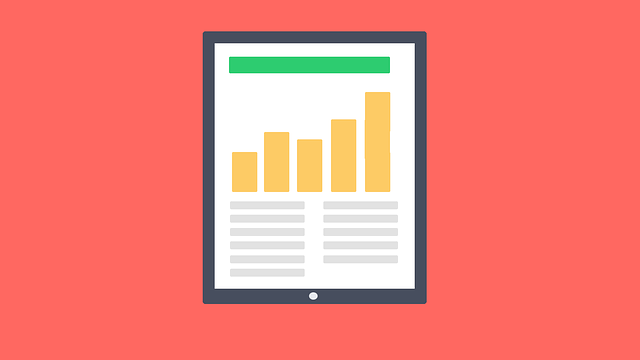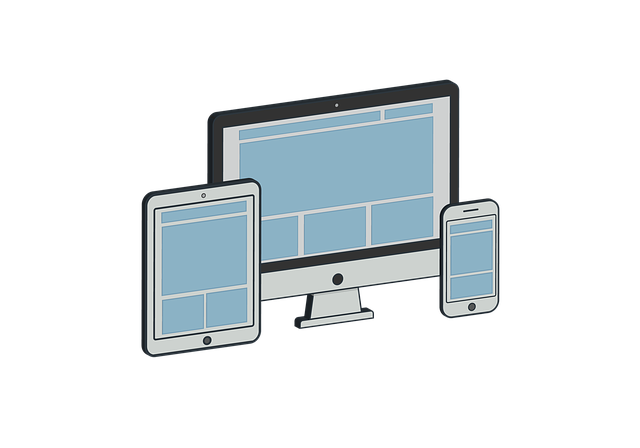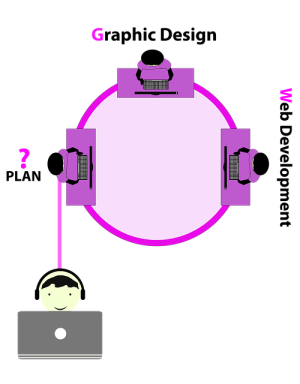Small businesses are recognizing the importance of an online presence, and affordable web design is a powerful tool for achieving this without breaking the bank. By prioritizing simplicity, navigation, responsiveness, and adaptability, startups can create professional virtual storefronts that attract customers, showcase products/services, and build brand identity. Cost-effective options like pre-designed templates from website builders or open-source CMS platforms empower businesses to establish a strong online presence with minimal financial investment. Tools like WordPress, Wix, Squarespace, and Shopify facilitate creation of high-quality websites using drag-and-drop interfaces, without requiring coding skills. Affordable web design enhances marketing efforts through SEO optimization and social media integration, driving traffic, generating leads, and ultimately supporting business growth.
Small businesses are increasingly recognizing the importance of having an online presence, making affordable website design a pressing need. This article explores the unique requirements and benefits of web design for startups, focusing on cost-effective solutions. We’ll guide you through essential steps, from understanding your business needs to choosing the right tools, developing your site, and marketing strategies. By the end, you’ll be equipped to launch a successful online presence with minimal investment.
Understanding Small Business Needs for Web Design

Small businesses today recognize the importance of a strong online presence, and an affordable web design is crucial to achieving this. With limited budgets, owners often seek cost-effective solutions that still deliver high-quality results. A well-designed website becomes a powerful tool to attract customers, showcase products or services, and build brand identity. It provides a platform for businesses to connect with their target audience, increase visibility, and drive sales—all essential aspects for growth in today’s competitive market.
Understanding these needs is the first step towards creating accessible web design options. Simple, clean layouts with clear navigation are often preferred, ensuring potential clients can easily find information and make purchases. An affordable design should also be responsive, adapting seamlessly to various devices and screen sizes to cater to a wide range of users. By prioritizing simplicity, accessibility, and adaptability, small businesses can secure an effective online presence without breaking the bank.
The Benefits of an Affordable Website for Startups

For startups with limited budgets, investing in an affordable website design is a game-changer. It allows them to establish a professional online presence without breaking the bank. A well-designed website acts as a virtual storefront, showcasing their brand, products, or services to a global audience. This digital asset can drive traffic, generate leads, and facilitate sales, all while building credibility and trust with potential customers.
Moreover, an affordable web design solution often includes essential features tailored to small businesses’ needs. From user-friendly interfaces to mobile responsiveness, these websites are optimized for conversions and user engagement. By utilizing cost-effective options, startups can compete in the digital market, leaving a lasting impression on their target audience and setting the stage for future growth.
Popular Options for Cost-Effective Web Development

Small businesses looking for an affordable web design solution have several popular options to choose from. One of the most cost-effective methods is using pre-designed templates, which are readily available from various website builders and platforms. These templates offer a quick and easy way to launch a professional-looking website without breaking the bank. Many templates can be customized to match your brand and specific business needs, allowing for a unique online presence while keeping costs low.
Another popular choice is leveraging open-source content management systems (CMS) like WordPress or Joomla. These platforms provide extensive customization options and a vast library of free and premium themes and plugins. With a bit of technical know-how or the help of a web developer, small businesses can create dynamic and feature-rich websites at a fraction of the cost compared to hiring a full-service agency. This DIY approach not only saves money but also gives business owners more control over their online presence.
Building a Basic Website on a Tight Budget

Creating a website for your small business doesn’t have to break the bank. With the right tools and a bit of creativity, it’s entirely possible to build a functional, professional-looking site on a tight budget. One effective strategy is to start with a basic, responsive template that offers a solid foundation for your online presence. Many web design platforms now provide affordable options specifically tailored for small businesses, allowing you to customize colors, fonts, and layouts without advanced coding knowledge.
These platforms often include drag-and-drop editors, making the process intuitive and efficient. You can add essential pages like Home, About Us, Services, and Contact, and integrate crucial features such as contact forms, gallery displays, or even e-commerce functionality, all while keeping costs low. By focusing on core elements and using ready-made resources, small businesses can launch a compelling online presence without overspending.
Choosing the Right Tools and Resources

When it comes to crafting an affordable web design for small businesses, selecting the right tools and resources is a strategic move. There’s a myriad of options available, from cost-effective website builders to open-source platforms, each offering unique advantages. Prioritize your needs—whether it’s simplicity, customization, or advanced functionalities—to make an informed choice. Tools like WordPress, Wix, Squarespace, or Shopify provide intuitive drag-and-drop interfaces, making it possible for non-designers to create professional-looking websites without coding knowledge.
Beyond the platform, consider essential resources such as high-quality images, SEO tools to optimize your site’s visibility, and analytics software to track performance. Utilizing these effectively can significantly impact the success of your online presence. Remember, an affordable web design is not just about low cost; it should also be scalable, allowing for future growth and adaptability to changing business needs.
Marketing Strategies to Boost Your Online Presence

Marketing your small business online is a powerful way to reach potential customers, but with limited resources, it can be challenging to stand out in a crowded digital space. This is where an affordable web design service becomes a game-changer. A well-designed website is the cornerstone of any successful online strategy. It not only provides a professional front for your business but also offers valuable tools to enhance your marketing efforts.
One effective tactic is to integrate search engine optimization (SEO) techniques into your website’s content and structure. By optimizing your site, you improve its visibility on search engines, driving organic traffic. Additionally, leveraging social media platforms can amplify your reach. Sharing engaging content, running targeted ads, and interacting with followers will attract attention and direct potential customers to your door.
Measuring Success: Key Performance Indicators

Measuring success is an integral part of any business strategy, and in the realm of affordable web design for small businesses, it’s no different. Key Performance Indicators (KPIs) are essential metrics that help gauge the effectiveness of your online presence. One of the primary KPIs to track is website traffic, which can be analyzed through tools like Google Analytics. Understanding how many visitors your site attracts and where they come from provides insights into the reach and popularity of your business’s digital footprint.
Converting this traffic into leads and sales is another critical aspect. By setting up goals within analytics software, you can monitor the effectiveness of your website in generating potential customers. Tracking these conversions helps in identifying successful marketing strategies and areas that require optimization. Additionally, keeping an eye on bounce rates allows you to assess how well your site engages visitors, ensuring they explore different pages and interact with your content.
